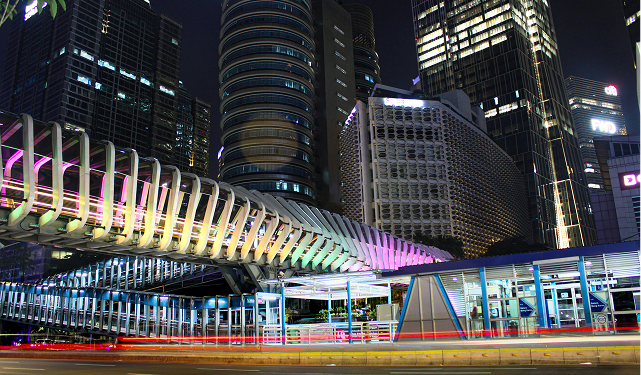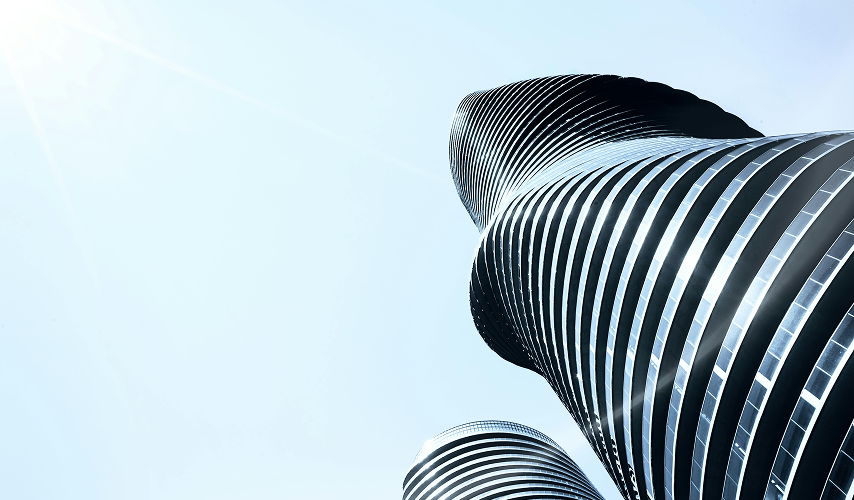Modern Buildings
Are Modern Buildings Too Simple?
Modern buildings are often celebrated for their efficiency, clean geometry, and bold use of materials. But many people wonder—has architecture lost its soul in the process?
What Defines a Modern Building?
Modern buildings are not defined by a lack of detail but by a deliberate choice to focus on core structural elements. Typically, these structures feature:
- Flat roofs and simple geometric shapes
- Large glass surfaces and curtain walls
- Monochrome palettes with minimal ornamentation
- Open interior plans with flexible zoning
The Case for Clarity
Far from being boring, modern buildings challenge architects to express creativity within constraints. The focus is shifted toward materials, light behavior, and how humans interact with space. Some of the most iconic buildings today use simple forms to tell complex stories.
There’s also a sustainability angle—modern designs often incorporate passive lighting, energy-efficient façades, and modular construction methods. These are essential for building in a rapidly urbanizing world.
The Future Is Functional
While decorative styles may return in waves, the fundamental principles of modernism—functionality, clarity, and honesty in materials—will continue to shape the future of architecture. The question is not whether modern buildings are too simple, but whether simplicity can still inspire awe.

